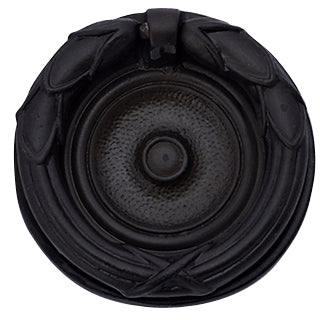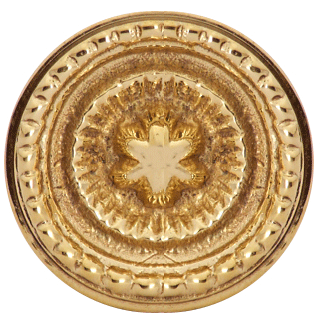Sheraton Style

Sheraton Furniture & Hardware
Sheraton furniture dates from 1790-1820, a neoclassical style crafted during the second half of what is known as the Federal period in the United States. The Federal period transitioned from the British to the French style, especially popular with Southern families, along with a trend toward heavier and darker pieces of furniture.
|
|
|
|
 |
 |
 |
Federal Period: First Half
The first half of the Federal period, 1790-1810, was dominated by cabinet-maker George Hepplewhite. Considered one of the "Big Three" furniture designers of the 18th century, he shared this popularity with Thomas Sheraton and Thomas Chippendale. Hepplewhite furniture is distinctive, fine inlays, reeded legs and curved surfaces predominating. Hepplewhite chairs are also distinctive for their shield-shaped chair backs. Pulls and backplates featured stamped brass, with true early-American designs like the bald eagle, flowers and wheat.
|
|
|
|
|
 |
 |
 |
 |
Federal Period: Second Half
Sheraton furniture dominated the second half of the Federal period, 1800-1820. Although his influence overlapped that of Hepplewhite, Sheraton brought a style that was in sharp contrast to Hepplewhite and other furniture makers of the period.
Sheraton also brought an elegance to the design of furniture during this period. His pieces are simpler, and almost "severe." The legs can be straight and tapered, or looking like slender Greek columns, while feet on heavier pieces resemble bird or animal claws, or look like slightly deflated rubber balls, much like the "buns" on the bottom of heavy furniture today. Though very few original pieces remain today, Sheraton's designs and ideas have influenced entire generations of American furniture makers.
|
|
|
|
 |
 |
 |
Who Really Made Sheraton Furniture?
Thomas Sheraton was first, and foremost a designer, and not a furniture maker. His designs were incorporated into a book he wrote in 1790, when he was 39 years old, and living in London. Called, "The Cabinet Maker's and Upholsterer's Drawing Book." At that time in London, there were over 250 cabinet and furniture makers in the city.
Because of his reputation, he had many craftsmen as subscribers to his design pages. Though many of these craftsmen built the pieces according to Sheraton's designs, there were also many pieces that took on the personal influence of the builder himself. So it was sometimes very difficult to figure out what was a "real" Sheraton piece.
|
|
|
|
 |
 |
 |
Hardware Used on Sheraton Pieces
Although Sheraton liked the simplicity in his design, he also liked the use of ornate, stamped brass in the hardware on his pieces. From oval pulls to urn and floral ring pulls, the ornate, the matching decorative back plates are beautiful works of art. Scrolling, repetitive lines and rosettes enhance the pieces, rather than overpower. What made the use of the stamped brass designs so popular was that manufacturing of this hardware had become more streamlined.
In America at that time, the making of latches, simple backplates, key plates, hinges and such had been accomplished using the local blacksmith for years. But with the advent of machine presses, furniture makers could create ornate designs, exactly reproduced as many times as needed. Now craftsmen could embellish their pieces with brass oval, floral ring and urn pulls, including their matching back plates.
"Marquetry" is a decorative artistry where pieces of wood, shell or ivory are inserted into the surface wood veneer, forming an intricate pattern. Sheraton loved using "marquetry," and it can be found in much of his pieces. Brass beading and inlays will be found alongside satinwood and other woods he liked to use for contrast in his work. Keep in mind, too, that rather than actually embellishing a piece of furniture, Sheraton instead, relied on decorations to set it apart. This is an important reason his furniture has remained so popular, up through today.
|
|
|
|
|
|
 |
 |
 |
 |
 |























